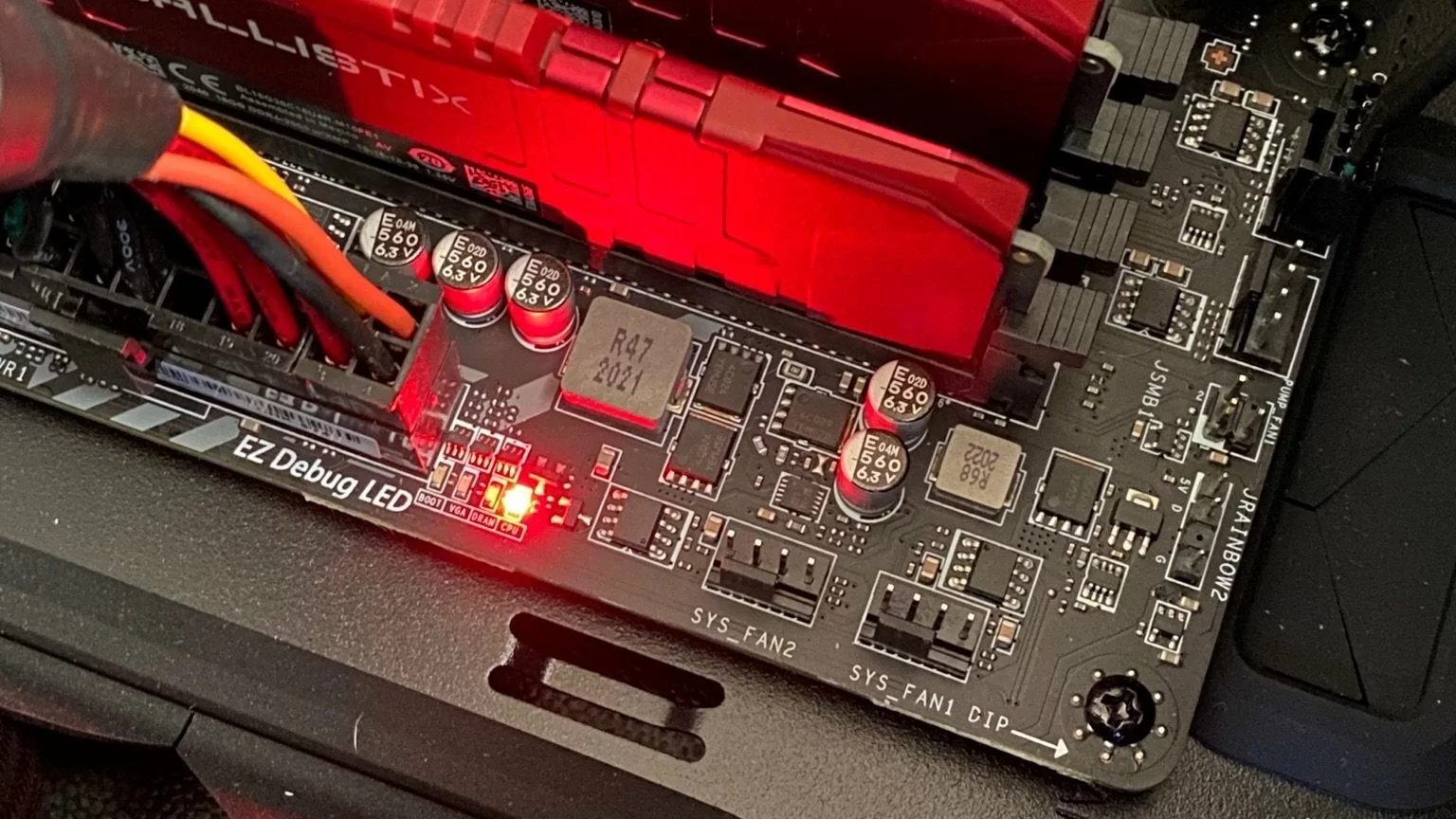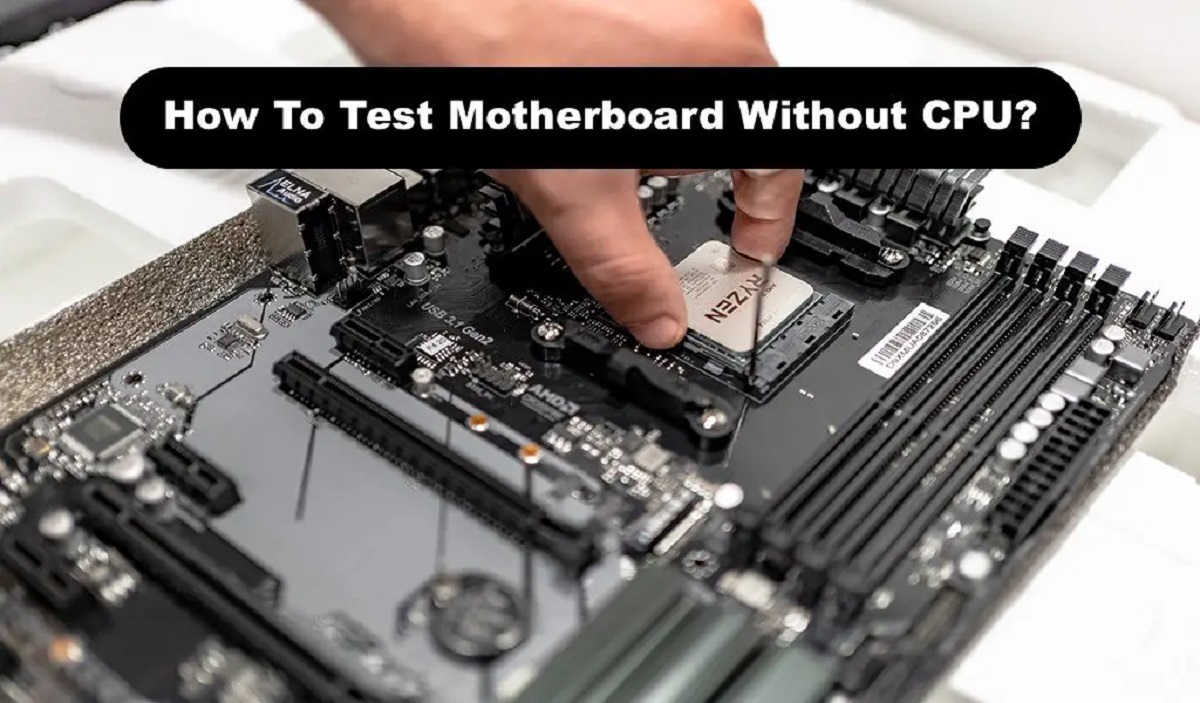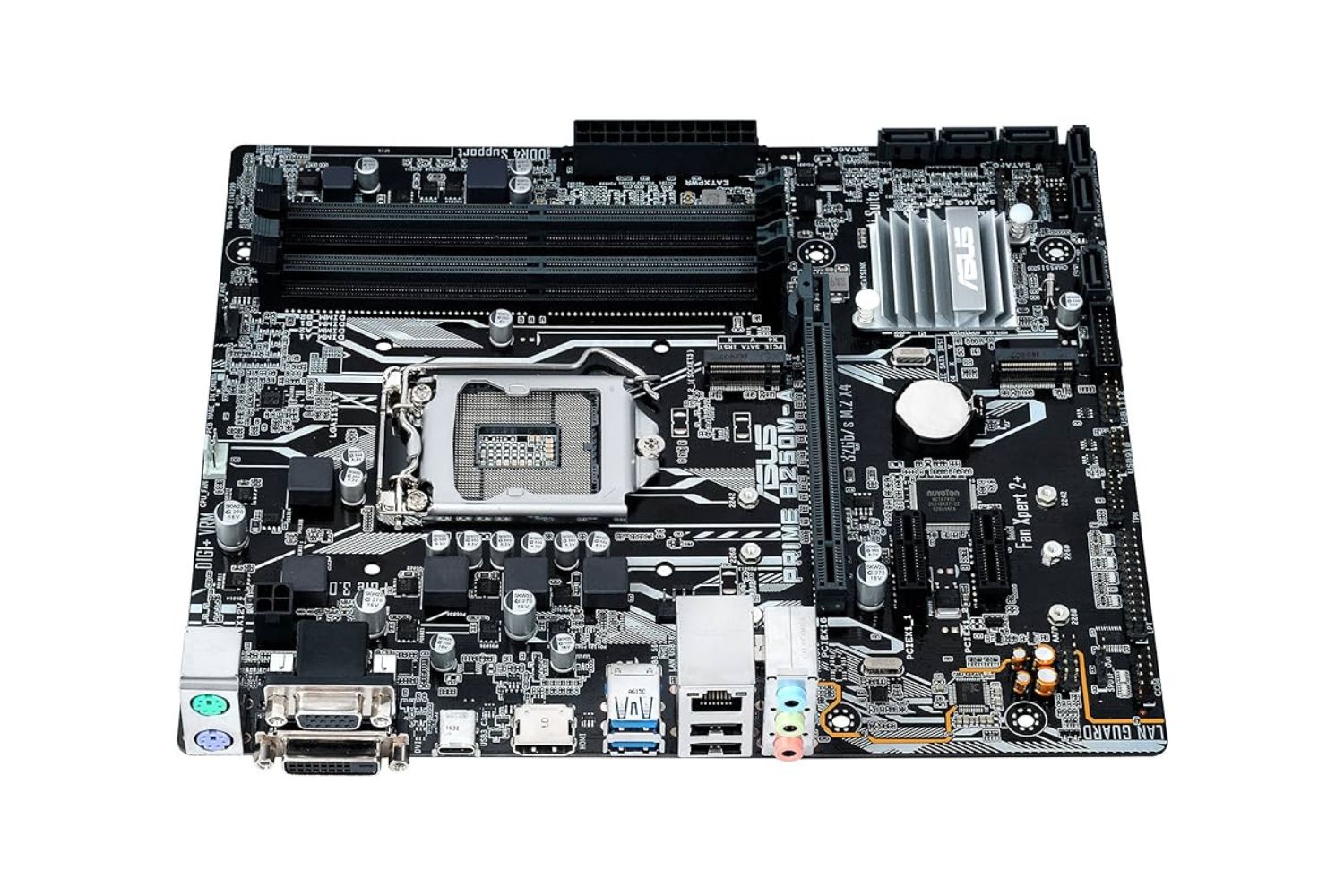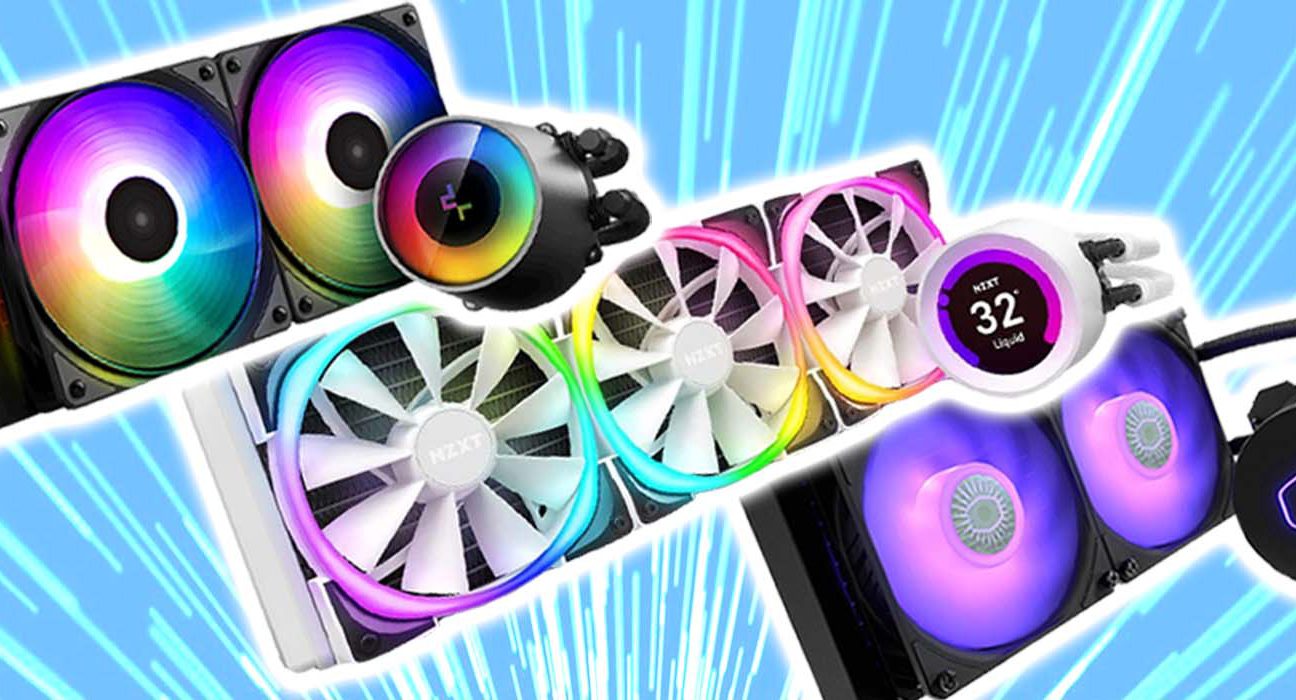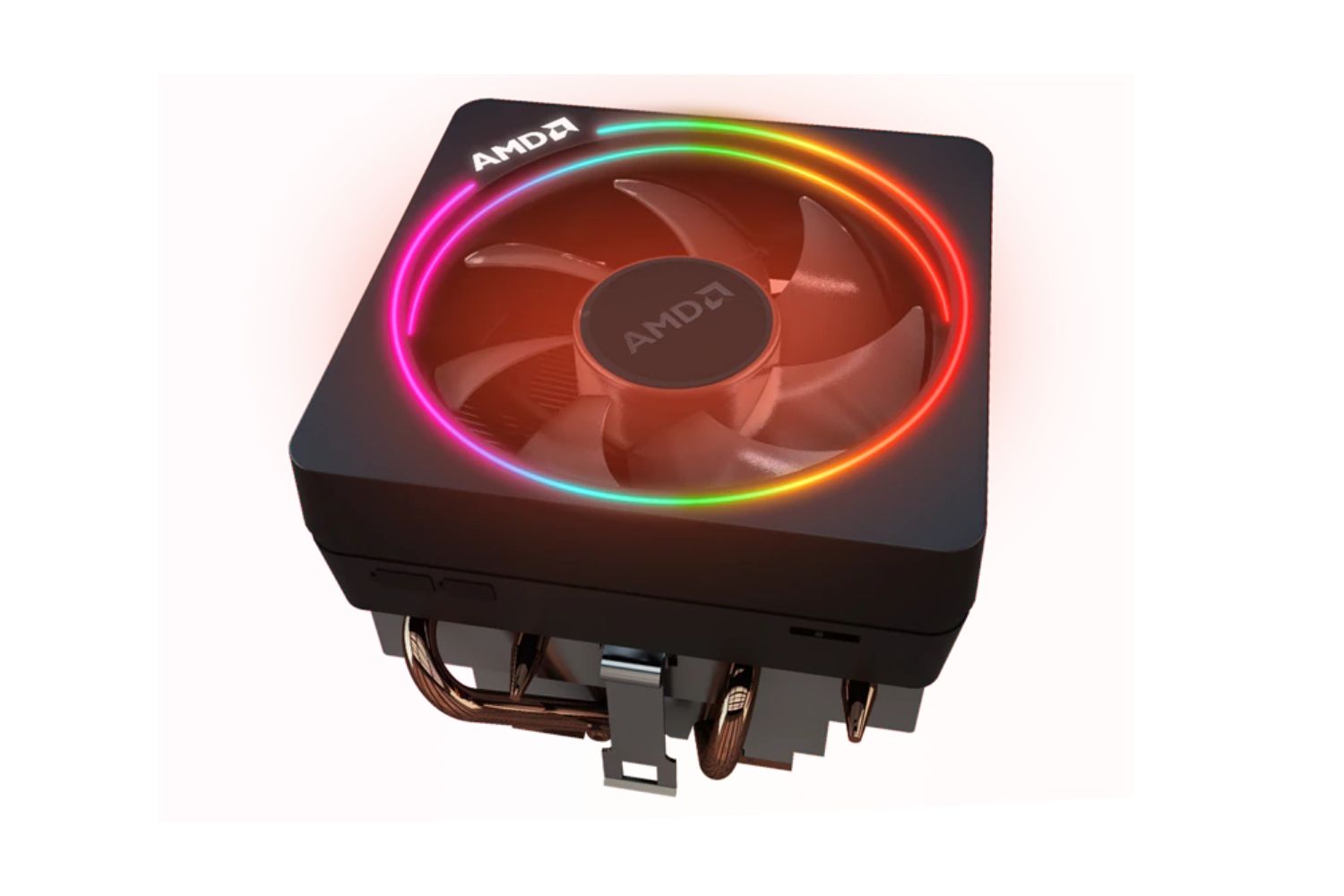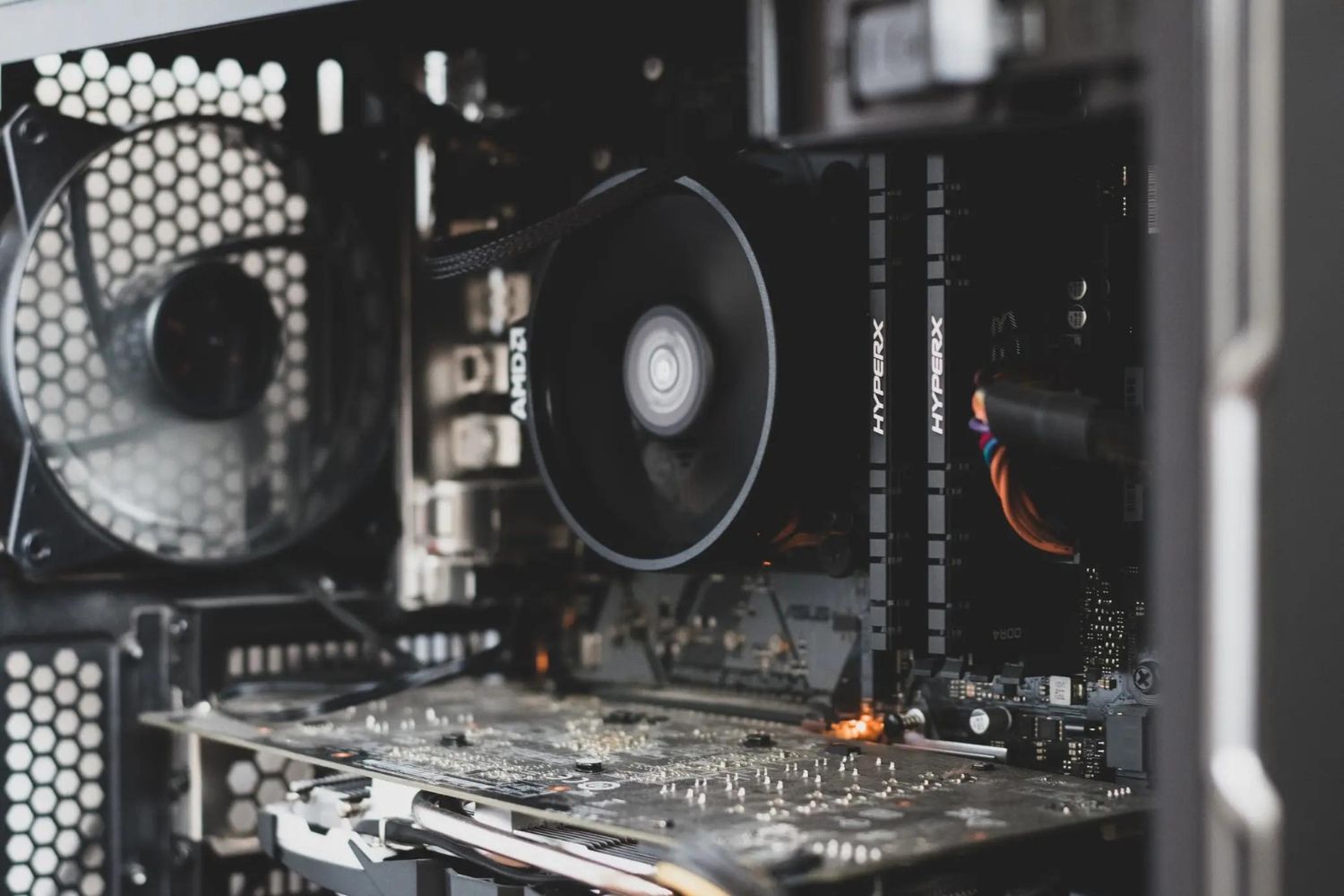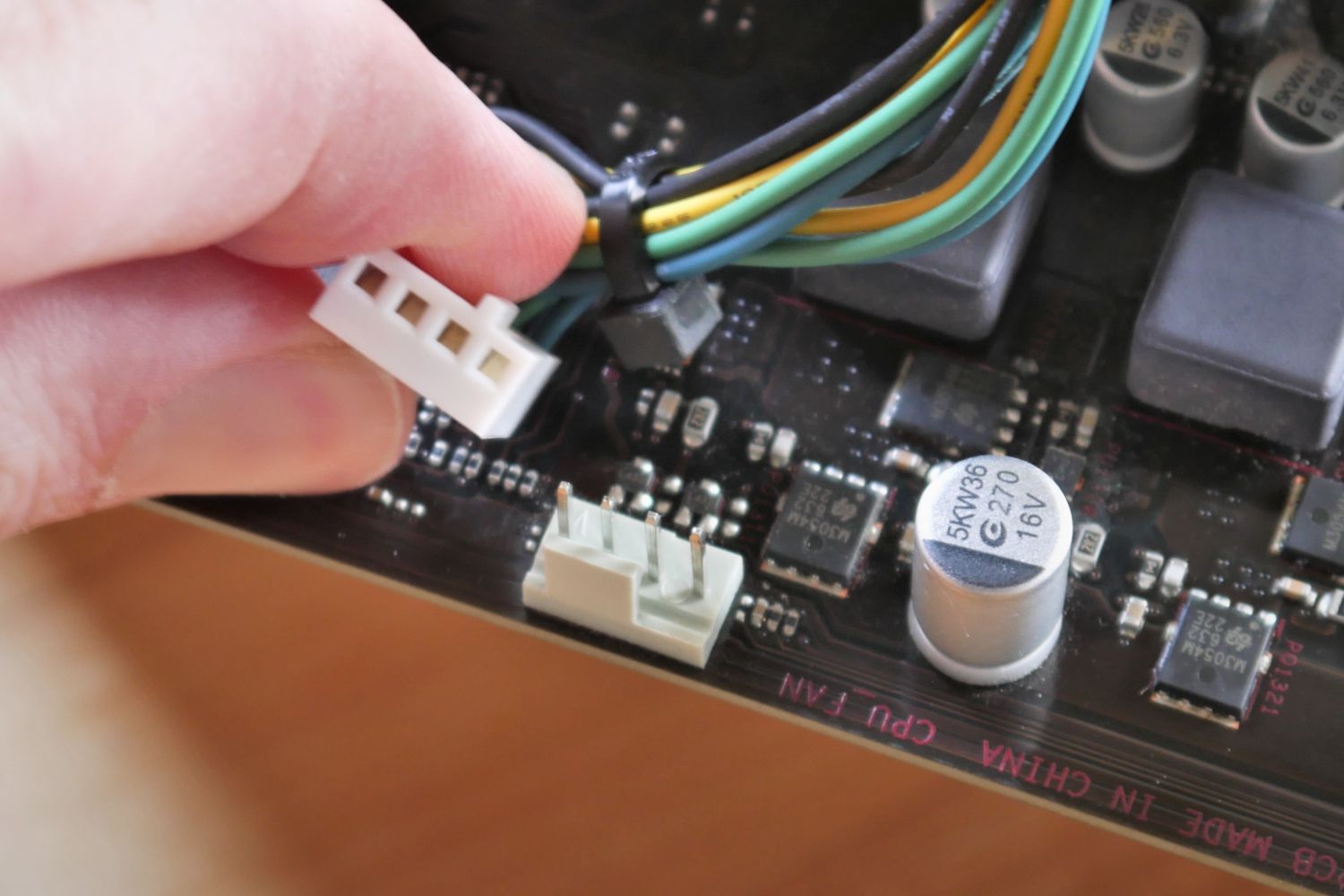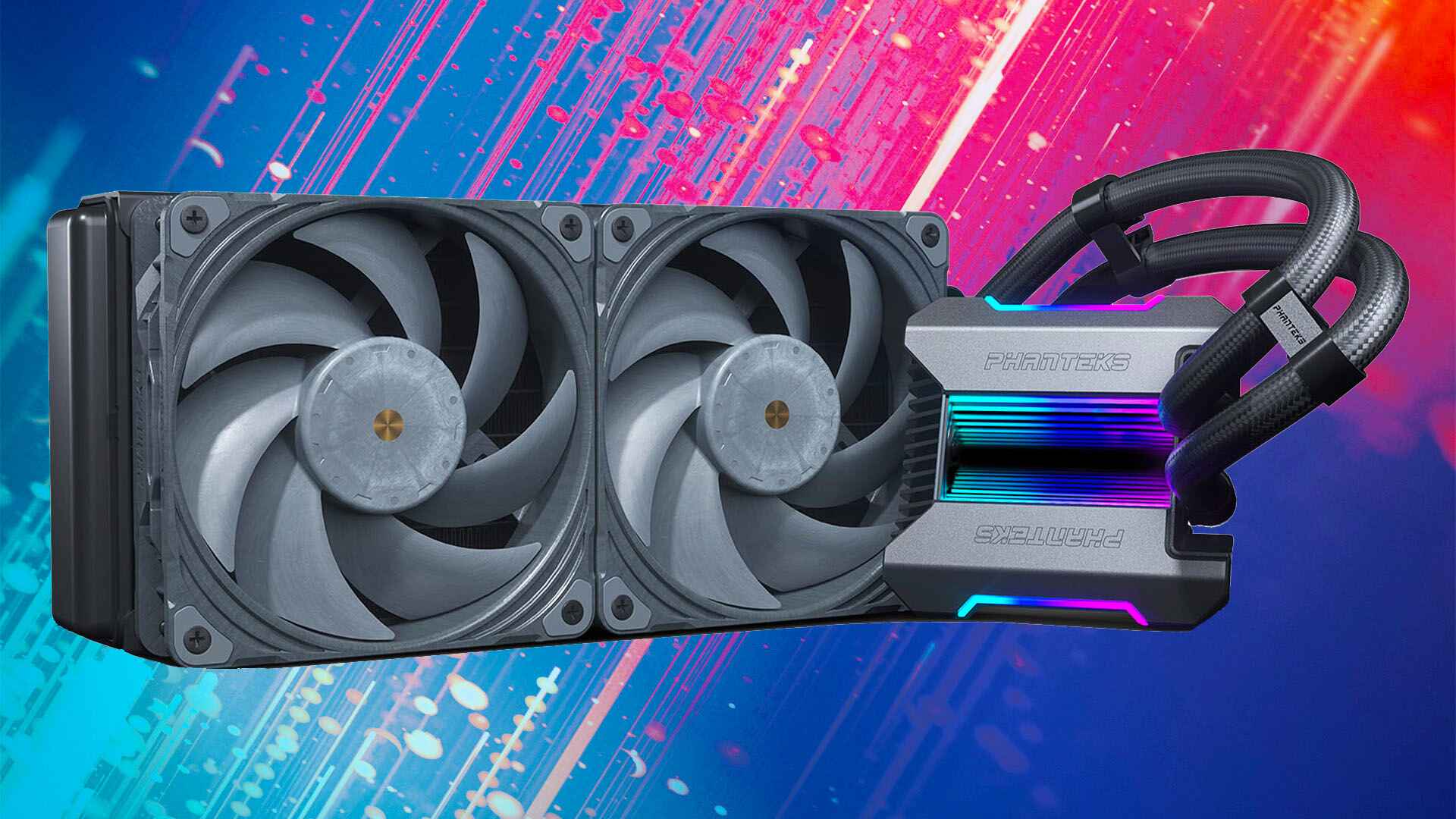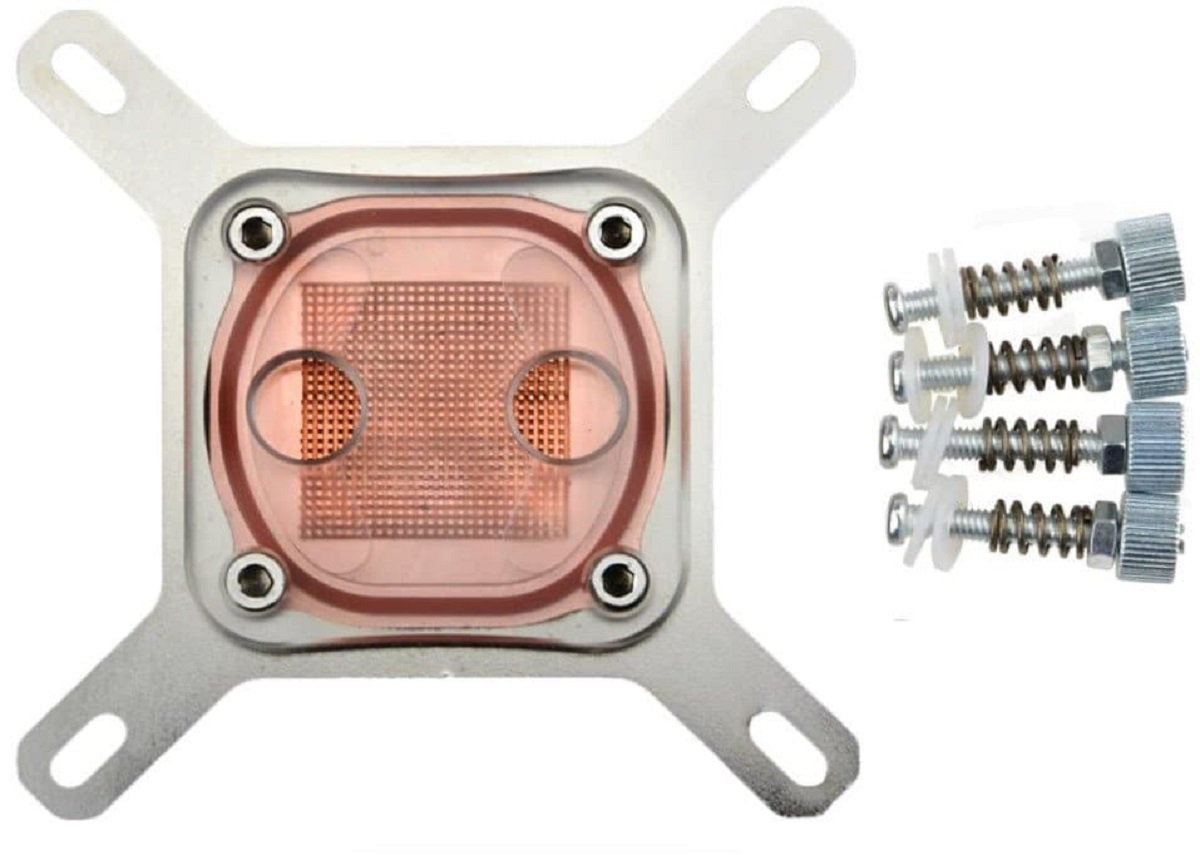Introduction
Have you ever noticed a small LED light on your computer motherboard labeled “CPU”? If you have, you might be wondering what it signifies and why it’s on. Don’t worry; you’re not alone. Many computer users are perplexed when they see this light illuminated, especially if their computer seems to be functioning normally.
The CPU light on your motherboard serves as an indicator that there might be an issue with your central processing unit (CPU). The CPU is the brain of your computer, responsible for executing instructions and performing calculations. When there’s a problem with the CPU, it can lead to sluggish performance, system instability, or even complete system failure.
In this article, we will explore the common reasons why the CPU light on your motherboard might be on, as well as how to troubleshoot and resolve these issues. By understanding the potential causes and implementing the appropriate solutions, you can get your computer back up and running smoothly.
Common Reasons for CPU Light on Motherboard
The CPU light on your motherboard can illuminate for several reasons. Let’s delve into some of the most common causes:
- Overheating Issues: One of the main culprits behind the CPU light is overheating. When the CPU becomes too hot, it can trigger a safety mechanism that shuts down the system to prevent damage. This can be caused by insufficient cooling, a malfunctioning CPU cooler, or dried-out thermal paste.
- Power Supply Problems: Issues with the power supply unit (PSU) can also cause the CPU light to turn on. If the PSU isn’t delivering adequate power or experiencing fluctuations, it can affect the stability of the CPU and trigger the light.
- Faulty CPU: A faulty or damaged CPU can cause the CPU light to appear. This can occur due to manufacturing defects, physical damage, or electrical issues. In such cases, the CPU might need to be replaced to resolve the problem.
- Incompatible CPU or Motherboard: If you recently upgraded your CPU or motherboard, it’s possible that they may not be compatible. Incompatible hardware can result in the CPU light turning on, preventing the system from functioning properly.
- BIOS Configuration Error: The BIOS (Basic Input/Output System) settings play a crucial role in the functioning of the CPU. Incorrect BIOS settings or outdated firmware can trigger the CPU light on the motherboard.
- RAM Issues: Problems with the RAM (Random Access Memory) can also lead to the CPU light illuminating. This can include faulty RAM modules, incompatible RAM, or incorrect RAM configuration.
- Motherboard Failure: Lastly, a faulty motherboard can cause the CPU light to turn on. This can be due to various reasons such as damaged components, electrical issues, or improper installation.
Understanding these common causes can help you narrow down the issue and work towards an effective solution. In the next section, we will explore how to troubleshoot the CPU light on your motherboard and resolve these problems.
Overheating Issues
Overheating is a common cause for the CPU light on your motherboard to illuminate. When the CPU reaches high temperatures, it can lead to system instability and potentially damage the processor. Here are some potential reasons for overheating issues:
- Insufficient Cooling: If your computer doesn’t have proper cooling mechanisms in place, such as fans or liquid cooling, heat can build up inside the case. This can result in the CPU running at higher temperatures and triggering the CPU light.
- Malfunctioning CPU Cooler: The CPU cooler is responsible for dissipating heat generated by the processor. If the fan on the cooler isn’t spinning or if there are obstructions blocking airflow, the CPU can overheat, causing the CPU light to turn on.
- Dried-out Thermal Paste: Thermal paste is applied between the CPU and the cooler to improve heat transfer. Over time, the thermal paste can dry out or degrade, compromising its effectiveness. This can lead to poor heat dissipation and increased CPU temperatures.
To address overheating issues, you can take the following steps:
- Ensure that your computer is in a well-ventilated area and not enclosed in a tight space.
- Clean any dust or debris that may have accumulated on the CPU cooler or other cooling components.
- If the CPU cooler fan isn’t spinning, check its connections or consider replacing the cooler if it’s faulty.
- If the thermal paste is old or dried out, clean off the old paste and apply a fresh layer before reattaching the CPU cooler.
- Consider installing additional case fans or upgrading to a more efficient CPU cooler for better heat management.
By addressing these overheating issues, you can help mitigate the risk of CPU damage and prevent the CPU light on your motherboard from turning on.
Power Supply Problems
Issues with the power supply unit (PSU) can be another common cause for the CPU light on your motherboard to illuminate. The PSU is responsible for delivering power to all the components in your computer, including the CPU. Here are a few potential power supply problems that can lead to the CPU light turning on:
- Inadequate Power Output: If your power supply doesn’t provide enough power to support your computer’s components, including the CPU, it can lead to instability and trigger the CPU light.
- Fluctuating Power: Power fluctuations, such as voltage spikes or drops, can impact the stability and performance of the CPU. These fluctuations can be caused by faulty power supplies or issues with the electrical circuit.
To address power supply problems, you can take the following steps:
- Make sure that the power supply is properly connected to all the necessary components and that the cables are securely plugged in.
- If you suspect that the power supply isn’t providing enough power, consider upgrading to a higher wattage PSU that can handle the demands of your system.
- Check the power outlet and electrical connections to ensure that there are no issues with the electrical circuit that could be causing power fluctuations.
- If you have access to a power supply tester, use it to check the voltage and stability of your PSU. Alternatively, consider having a professional test your power supply.
Addressing power supply problems can help maintain a stable power flow to your CPU and prevent the CPU light from turning on. If these steps don’t resolve the issue, it may be necessary to replace the power supply with a new one.
Faulty CPU
A faulty or damaged CPU can be a potential cause for the CPU light on your motherboard to illuminate. Various factors can contribute to a CPU becoming faulty:
- Manufacturing Defects: In rare cases, CPUs can have manufacturing defects that can lead to malfunctions. These defects may cause the CPU to overheat, underperform, or fail completely.
- Physical Damage: Dropping or mishandling the CPU during installation or removal can result in physical damage. Bent pins, scratches, or cracks on the CPU can impact its functionality.
- Electrical Issues: Power surges, electrical shorts, or incorrect voltage can damage the sensitive components within the CPU. This can lead to the CPU malfunctioning and triggering the CPU light on your motherboard.
If you suspect that your CPU is faulty, here are some steps you can take:
- Double-check your CPU installation to ensure that it is properly seated in the socket and that there are no bent or damaged pins.
- If you recently installed a new CPU, consider reinstalling the previous CPU (if available) to see if the issue persists. This can help determine if the problem lies with the CPU itself.
- Test the CPU in a different compatible system if possible. This can help verify if the CPU functions properly in another environment.
- If the CPU is under warranty and you believe it is faulty, contact the manufacturer’s support or your retailer to arrange for a replacement.
Keep in mind that handling a CPU requires caution, as they are delicate components. If you are uncertain about performing the steps mentioned, it is advisable to seek assistance from a professional.
Remember, a faulty CPU can affect the overall performance and stability of your computer. Identifying and addressing the issue promptly can help ensure proper functioning of your system.
Incompatible CPU or Motherboard
If you’ve recently upgraded your CPU or motherboard and notice that the CPU light on your motherboard is on, it’s possible that the components are not compatible. Incompatibility between the CPU and motherboard can lead to various issues, including the CPU light turning on. Here are a few reasons why this might occur:
- CPU Socket Type: CPUs require specific socket types on the motherboard to fit and function properly. If the CPU socket on your motherboard doesn’t match the socket type of your CPU, they are incompatible.
- Chipset Compatibility: The chipset on the motherboard and the CPU need to be compatible to ensure proper communication and functionality. Using a CPU with an unsupported chipset can lead to the CPU light turning on.
- Bios Compatibility: The motherboard’s BIOS needs to be compatible with the CPU. An outdated or incompatible BIOS version may not recognize the new CPU, leading to the CPU light being illuminated.
If you suspect an incompatibility issue between your CPU and motherboard, here are some steps to address it:
- Ensure that the CPU socket on the motherboard matches the socket type of your CPU. Consult the motherboard’s manual or the manufacturer’s website for the compatibility information.
- Check the motherboard’s specifications and verify that the chipset supports your CPU model. If it doesn’t, you may need to consider a different motherboard that is compatible with your CPU.
- Update the BIOS of your motherboard to the latest version. Consult the motherboard’s manual or the manufacturer’s website for instructions on how to properly update the BIOS.
- If the CPU and motherboard are indeed incompatible, you may need to consider replacing either the CPU or the motherboard with a compatible model.
It’s crucial to ensure compatibility between your CPU and motherboard to avoid compatibility issues and ensure proper system operation. Checking the specifications and seeking compatibility information before making any upgrades can save you from encountering the CPU light and potential system instability.
BIOS Configuration Error
The BIOS (Basic Input/Output System) plays a crucial role in the functioning of your computer, including the CPU. Incorrect BIOS configuration or outdated firmware can lead to the CPU light on your motherboard turning on. Here are some common causes of BIOS configuration errors:
- Incorrect CPU Settings: The BIOS contains various settings related to the CPU, such as clock speeds, voltage, and power management. Incorrectly configured settings can cause the CPU to malfunction and trigger the CPU light.
- Outdated BIOS Firmware: An outdated BIOS version may not have the necessary support or compatibility with the CPU, leading to the CPU light being illuminated.
- Reset BIOS Settings: Sometimes, a misconfiguration or accidental change in BIOS settings can cause the CPU light to turn on. Resetting the BIOS to its default settings can help resolve these configuration errors.
To address BIOS configuration errors, you can take the following steps:
- Access the BIOS settings by pressing the designated key during computer startup (often Del, F2, or F10).
- Review the CPU-related settings, such as clock speeds and voltages, and ensure they are correctly configured according to the CPU specifications and manufacturer recommendations.
- If you are unsure about the appropriate settings, consult the motherboard’s manual or the manufacturer’s website for guidance.
- Check for BIOS updates on the motherboard manufacturer’s website. If an updated version is available, follow the instructions to download and install the latest firmware.
- If you suspect that a misconfiguration is causing the issue, you can try resetting the BIOS settings to their default values. This can usually be done through the BIOS menu or by using jumper pins on the motherboard.
- After making any changes or updates, save the changes and exit the BIOS. The computer will then restart, and you can observe if the CPU light is still illuminated.
Properly configuring the BIOS settings and ensuring that you have the latest firmware can help resolve CPU light issues related to BIOS configuration errors. However, exercise caution when modifying BIOS settings, as improper changes can affect system stability and performance.
RAM Issues
Issues with the RAM (Random Access Memory) can also lead to the CPU light on your motherboard turning on. Problems with the RAM can cause instability in the system, affecting the CPU’s performance. Here are some common RAM-related issues that can trigger the CPU light:
- Faulty RAM Modules: Defective or faulty RAM modules can cause system instability, random crashes, and trigger the CPU light on your motherboard. Physical damage or manufacturing defects can contribute to these issues.
- Incompatible RAM: Using incompatible RAM modules with your motherboard can cause incompatibility issues. Mismatched frequencies, timings, or voltages can lead to instability and the illumination of the CPU light.
- Incorrect RAM Configuration: Incorrectly installing or configuring the RAM modules, such as not fully inserting them in the slots or not enabling the correct memory profile in the BIOS, can lead to instability and the CPU light turning on.
If you suspect RAM issues as the cause for the CPU light, you can attempt the following troubleshooting steps:
- Remove all the RAM modules from your computer and then reinsert them, ensuring they are properly seated in the slots. Reseat the modules firmly but gently.
- If you have multiple RAM modules, test them one at a time. Remove all but one module and see if the CPU light remains illuminated. Repeat this process with each module to identify if any of them are faulty.
- Check the motherboard’s specifications and ensure that the RAM modules you are using are compatible with the motherboard.
- If you are overclocking your RAM, try reverting it to its default frequency settings to see if the CPU light issue resolves.
- Enable the correct memory profile in the BIOS, such as XMP (Extreme Memory Profile), to ensure that the RAM is running at its optimal settings.
- If you suspect faulty RAM, consider running a memory diagnostic test, such as Memtest86, to identify any memory errors or issues.
If you determine that the RAM modules are indeed faulty or incompatible, replacing them with compatible ones can help resolve the CPU light issue and improve system stability.
Motherboard Failure
If all else fails and you have exhausted the troubleshooting steps mentioned earlier, it is possible that your motherboard has experienced a failure. This can manifest in various ways and may result in the CPU light on your motherboard remaining illuminated. Here are some possible causes of motherboard failure:
- Component Damage: Over time, components on the motherboard can wear out or become damaged due to various factors such as electrical surges, heat, or physical stress. This can lead to the motherboard malfunctioning and the CPU light staying on.
- Electrical Issues: Power surges, faulty power supply units, or other electrical problems can cause damage to the motherboard. These issues can result in the CPU light remaining illuminated and other system instability.
- Manufacturing Defects: In rare cases, motherboards can have manufacturing defects that become apparent over time. These defects may cause the motherboard to fail and affect the CPU’s performance.
Unfortunately, diagnosing a motherboard failure can be challenging without professional expertise and specialized testing equipment. However, there are a few steps you can take:
- Inspect the motherboard for physical damage or signs of component failure, such as swollen capacitors or burn marks.
- If you have access to spare parts or another compatible motherboard, try swapping out the motherboard to see if the CPU light issue persists.
- Consult with a professional technician or contact your motherboard manufacturer’s support for further assistance. They may recommend diagnostic tests or a motherboard replacement if it is determined that the motherboard has indeed failed.
Keep in mind that motherboard failures are relatively uncommon compared to other issues, and it is best to rule out other potential causes before concluding that the motherboard is at fault. Professional guidance and assistance can be invaluable in diagnosing and resolving motherboard-related problems.
How to Troubleshoot CPU Light on Motherboard
Dealing with the CPU light on your motherboard can be frustrating, but there are several steps you can take to troubleshoot and identify the underlying problem. Here’s a guide on how to troubleshoot the CPU light issue:
- Check for Physical Connections: Ensure that all the cables, including power and data cables, are securely connected to the motherboard and other components. Loose connections can cause power or signal issues, triggering the CPU light.
- Verify Power Supply: Make sure that your power supply unit (PSU) is providing adequate power to all components, especially the CPU. Test it with a power supply tester or consider replacing it if there are signs of failure.
- Monitor CPU Temperatures: Install software that allows you to monitor your CPU temperatures. If the CPU is consistently reaching high temperatures, ensure proper cooling and consider reapplying thermal paste or replacing the CPU cooler.
- Update BIOS and Drivers: Check for BIOS updates on the motherboard manufacturer’s website and install them, following the provided instructions. Additionally, update the drivers for your CPU and other hardware to ensure compatibility and stability.
- Test with Minimal Components: Disconnect unnecessary peripherals and remove any additional RAM modules or expansion cards. Test the computer with minimal components to eliminate potential conflicts or faulty hardware as the cause for the CPU light.
- Run Hardware Diagnostics: Utilize hardware diagnostic tools to test the CPU, RAM, and other components for errors. These tests can help identify faulty hardware and guide you towards the appropriate solutions.
- Consult Technical Support: If you have tried the above steps and are still unable to resolve the issue, it may be time to consult technical support. Reach out to the manufacturer’s support team or seek assistance from professional technicians who can provide further guidance and expertise.
Remember, troubleshooting the CPU light on your motherboard can require a methodical approach and patience. It’s important to gather information, test components, and rule out potential causes one by one until you identify the root of the issue.
By following these steps and seeking assistance when needed, you’ll be on your way to troubleshooting and resolving the CPU light issue, ensuring the smooth operation of your computer.
Conclusion
Dealing with a CPU light on your motherboard can be a cause for concern, but it’s important to approach the issue with patience and a systematic troubleshooting process. By understanding the common reasons for the CPU light turning on, such as overheating, power supply problems, faulty CPU, incompatible components, BIOS configuration errors, RAM issues, and motherboard failures, you can identify the underlying cause and take appropriate action.
Throughout the troubleshooting process, ensure that you follow the necessary precautions and seek professional help if needed. Double-check physical connections, monitor CPU temperatures, update BIOS and drivers, test with minimal components, and run hardware diagnostics to pinpoint the problem. This systematic approach will help you eliminate potential causes and provide clarity on the issue at hand.
Remember, a CPU light on your motherboard doesn’t always indicate a catastrophic failure. In many cases, the issue can be resolved by addressing specific causes, such as improving cooling, replacing faulty components, updating firmware, or configuring BIOS settings correctly. With diligent troubleshooting, you can restore your computer’s functionality and prevent further issues.
If, after thorough troubleshooting, you are unable to resolve the CPU light issue, it may be best to consult technical support or seek the assistance of professional technicians. They will have the expertise and specialized tools to help diagnose and fix the problem.
By being proactive and taking appropriate steps, you can troubleshoot and resolve the CPU light on your motherboard, ensuring the smooth operation and longevity of your computer system.







